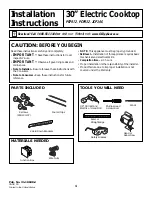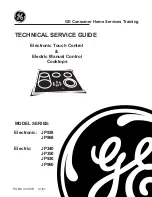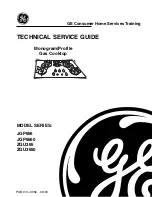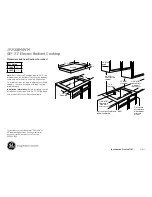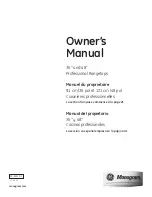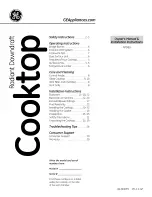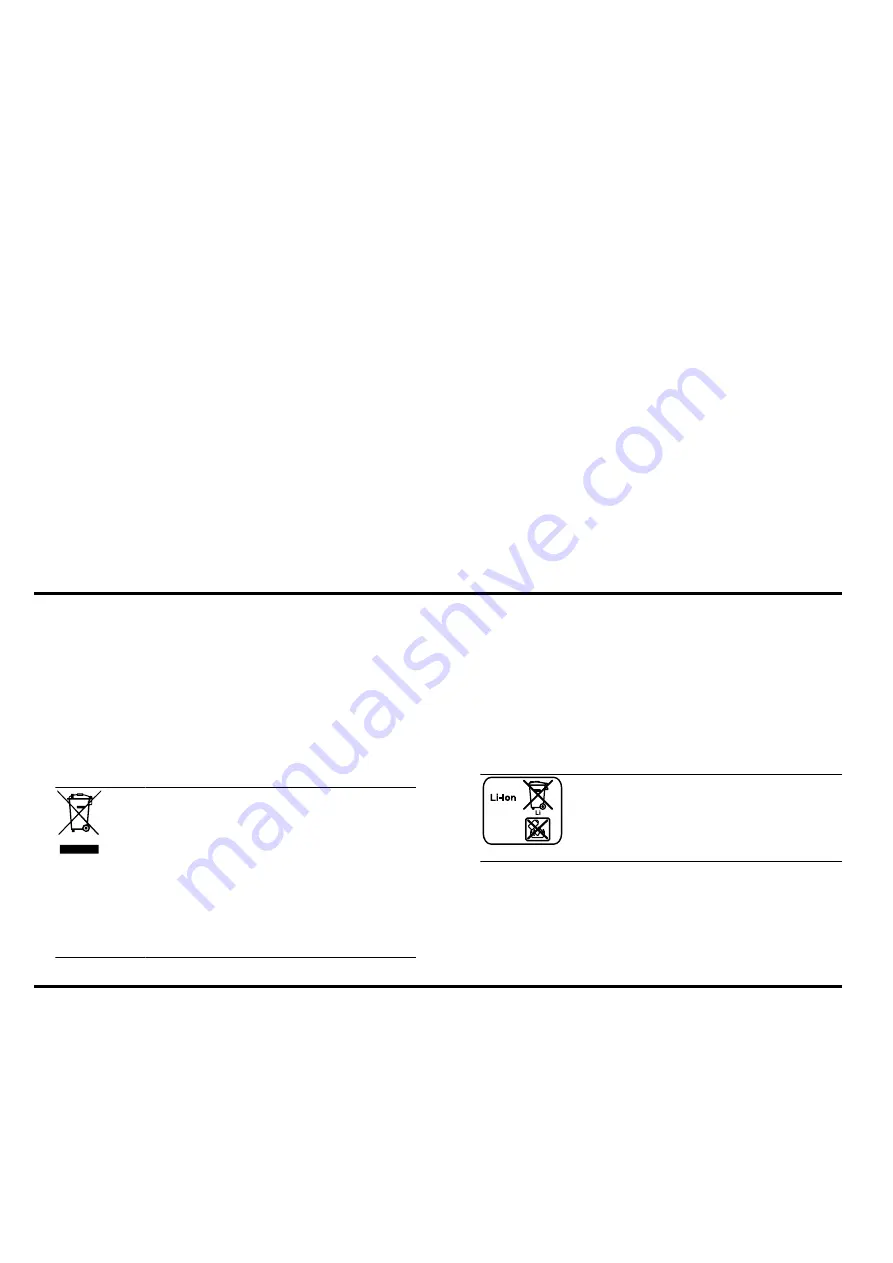
Disposal
en
7
3.2 Saving energy
If you follow these instructions, your appliance will use
less energy.
Select the cooking zone to match the size of your
pan. Centre the cookware on the hob.
Use cookware whose base diameter is the same dia-
meter as the hotplate.
Tip:
Cookware manufacturers often give the upper
diameter of the saucepan. It is often larger than the
base diameter.
¡
Unsuitable cookware or incompletely covered cook-
ing zones consume a lot of energy.
Cover saucepans with suitable lids.
¡
Cooking without a lid consumes considerably more
energy.
Lift lids as infrequently as possible.
¡
When you lift the lid, a lot of energy escapes.
Use a glass lid.
¡
You can see into the pan through a glass lid
without having to lift it.
Use pots and pans with flat bases.
¡
Uneven bases increase energy consumption.
Use cookware that is suitable for the quantity of food.
¡
Large items of cookware containing little food need
more energy to heat up.
Cook with only a little water.
¡
The more water that is contained in the cookware,
the more energy is required to heat it up.
Turn down to a lower power level early on. Use a suit-
able ongoing power level.
¡
If you use an ongoing power level that is too high,
you will waste energy.
Adjust the fan speed to the amount of steam pro-
duced during cooking.
¡
The lower the fan speed, the less energy is con-
sumed.
Only use the intensive mode as required.
If cooking produces large amounts of steam, select a
higher fan speed in good time.
¡
The odours are distributed around the room less.
Switch the appliance off when you are not using it.
¡
Ensure that there is sufficient ventilation when cook-
ing.
¡
The appliance works more efficiently and with fewer
operating noises.
Clean or replace the filters at regular intervals.
¡
The effectiveness of the filter is retained.
Product Information according (EU) 66/2014 can be
found on the attached appliance pass and online on
the product page for your appliance.
Disposal
4 Disposal
4.1 Disposing of old appliance
Valuable raw materials can be reused by recycling.
▶
Dispose of the appliance in an environmentally
friendly manner.
Information about current disposal methods are
available from your specialist dealer or local author-
ity.
This appliance is labelled in accord-
ance with European Directive
2012/19/EU concerning used elec-
trical and electronic appliances
(waste electrical and electronic equip-
ment - WEEE).
The guideline determines the frame-
work for the return and recycling of
used appliances as applicable
throughout the EU.
4.2 Disposing of batteries
Batteries should be recycled in an environmentally
friendly manner. Do not dispose of the batteries in the
household rubbish.
▶
Dispose of batteries in an environmentally friendly
manner.
According to the European Guideline
2006/66/EC, defective or used bat-
tery packs/batteries, must be collec-
ted separately and disposed of in an
environmentally correct manner.
Induction cooking
5 Induction cooking
5.1 Advantages of induction cooking
Induction cooking is fundamentally different from tradi-
tional cooking methods, since the heat builds up dir-
ectly in the cookware. This offers numerous advant-
ages:
¡
Saves time when boiling and frying.
¡
Saves energy.
¡
Easier to care for and clean. Spilled food does not
burn on as quickly.
¡
Controlling the heat supply and safety; the hob in-
creases or decreases the heat supply as soon as
the user changes the setting. The induction cooking
zone stops the heat supply if you remove the cook-
ware from the cooking zone without you having to
switch it off first.























